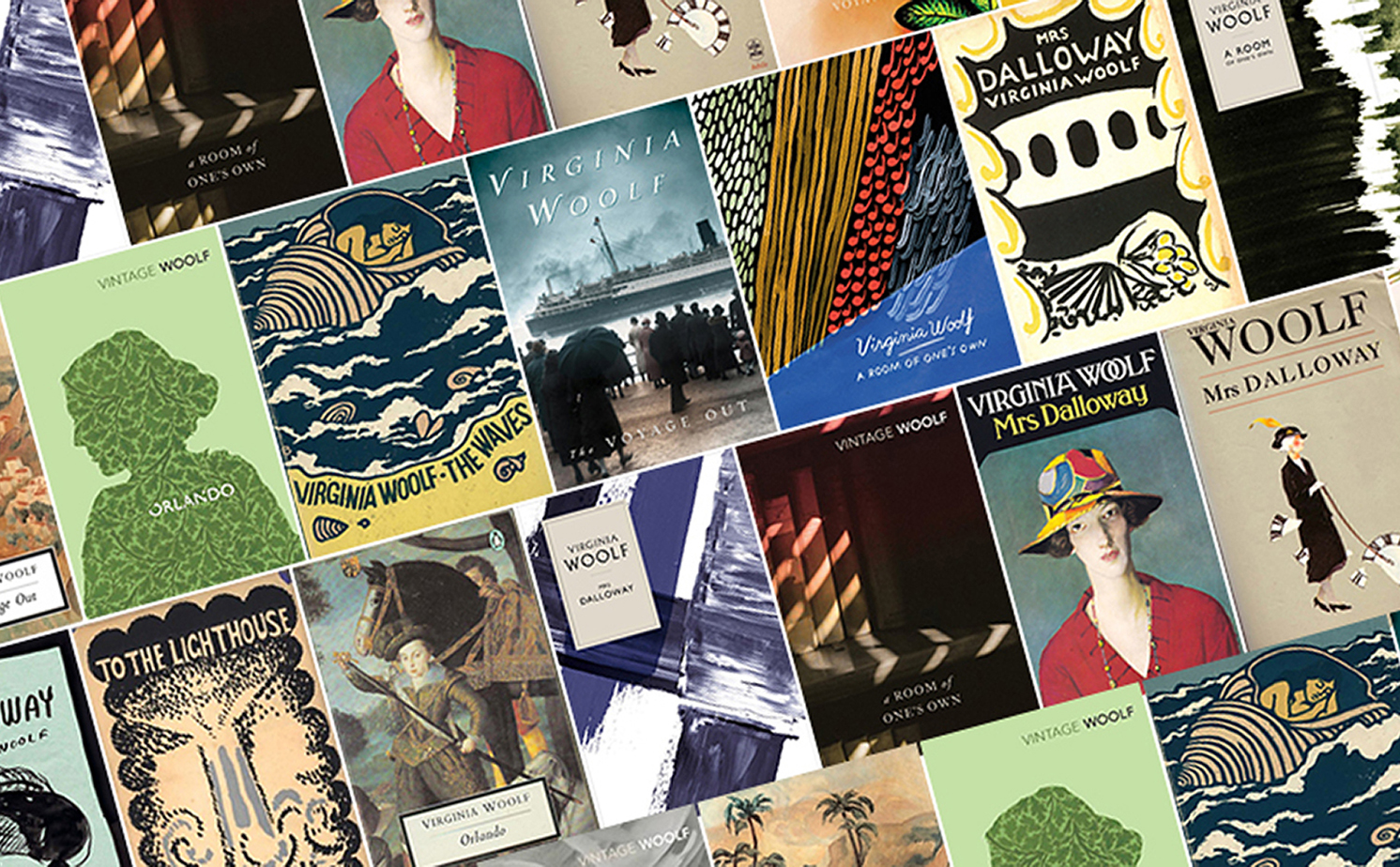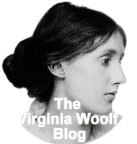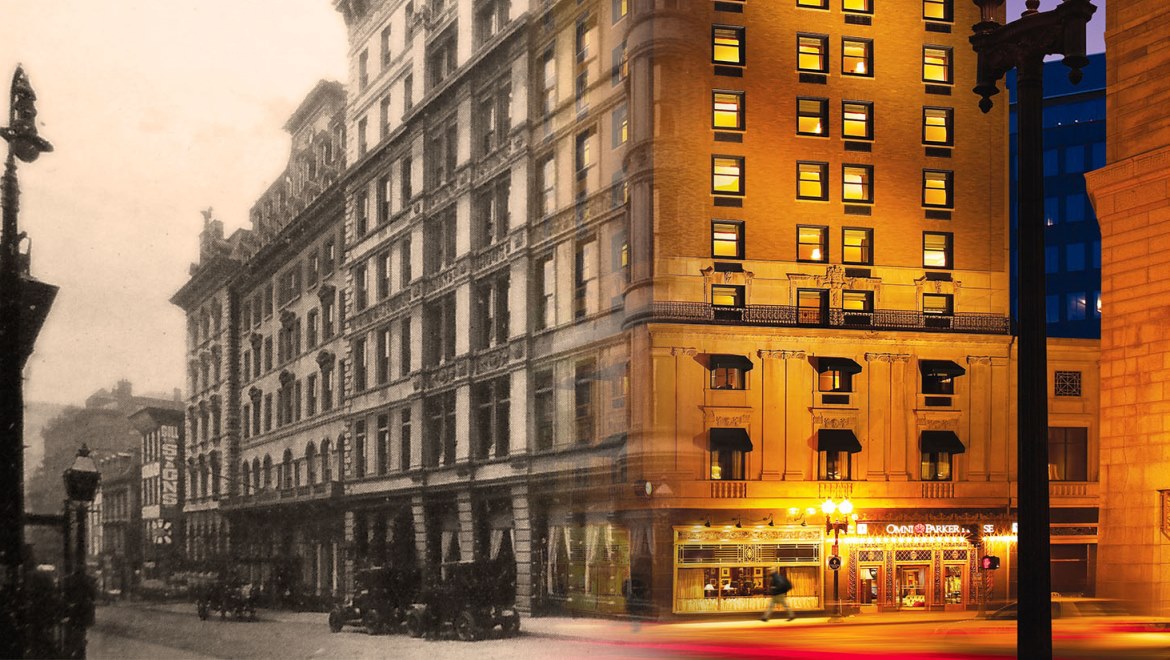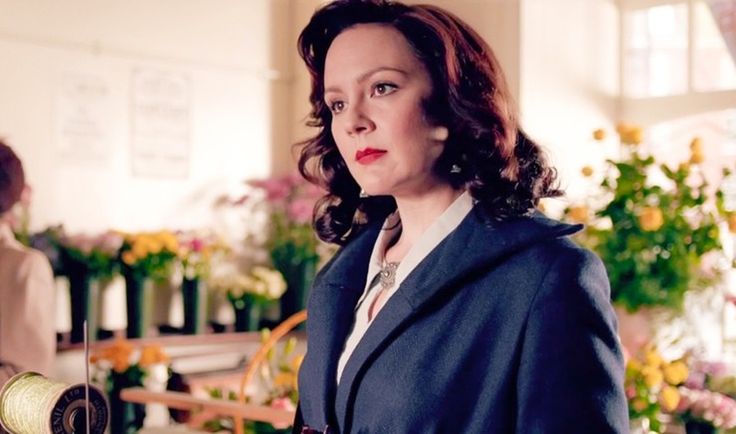
Virginia Woolf was an ambitious and prolific author who wrote not only novels but also nonfiction books. Woolf, in fact, wrote so many groundbreaking, best-selling books that is often difficult for critics and fans to determine which is her best book.
Woolf’s fiction books were written using the stream-of-consciousness literary technique which focuses more on the inner thoughts of the characters than the plot. Her books and writing style are also heavily influenced by Virginia’s love of American writers, particularly Walt Whitman. Although her books are now in the public domain in England they still remain copyrighted in the United States until 2025.
While many fans feel Woolf’s best-selling novel Mrs. Dalloway is her masterpiece, others claim her novel The Waves is her best work. So what do you think? What is Virginia Woolf’s best book?
Personally, my first introduction to Virginia Woolf was through her nonfiction book A Room of One’s Own and it simply blew me away when I read. As a result, I think I will always consider that her best book, or at the very least, it’s my favorite Virginia Woolf book.
The following is a list of the most well-known books written by Virginia Woolf, ranked in order of their publication date. Vote for your favorite at the end of the article!
(Disclaimer: This article contains Amazon affiliate links. As an Amazon Associate I earn from qualifying purchases.)

The Voyage Out
The Voyage Out is Woolf’s first novel and it tells the story of a young woman’s journey of self-discovery on her father’s ship in South American. The novel was published on March 26, 1915 and may have been inspired by the sinking of the Titanic in 1912.
Night and Day
Night and Day is a novel about love, happiness, marriage and success. The story explores London society prior to World War I through the eyes of four main characters on the cusp of matrimony. The novel was published on October 20, 1919.
Jacob’s Room
Jacob’s Room is a novel that explores the concept of emptiness and loss. The story is about the life of a young man named Jacob but it is told through the perspectives of the women in Jacob’s life. The novel was published on October 26, 1922.
Mrs. Dalloway
Mrs. Dalloway is probably Woolf’s most well-known novel. The story is about a day in the life of its main character, Clarissa Dalloway, as she prepares for a party she is hosting that evening. Prominent themes in the novel include mental illness, feminism and homosexuality. The novel was published on May 14, 1925.
To the Lighthouse
To the Lighthouse tells the story of the Ramsay family’s trip to the Isle of Skye in Scotland. The novel is semi-autobiographical and was inspired by the Stephen family trips to Cornwall when Woolf was a child. The novel, which focuses on the private thoughts of its characters rather than the plot, is also a key example of the stream-of-consciousness literary technique. The novel was published on May 5, 1927.
Orlando
Orlando is a novel inspired by Woolf’s aristocratic friend Vita Sackville-West. The story follows a poet as he changes gender and lives for centuries, often meeting famous people in English literature. The book is considered a feminist classic and is often cited in transgender studies. The novel was published on October 11, 1928.
A Room of One’s Own
A Room of One’s Own is an extended essay that discusses many feminist issues, such as women’s lack of educational opportunities and their economic and social dependence on men. The book, published on October 24, 1929, is considered a feminist classic and forever cemented Woolf’s reputation as a feminist writer.
The Waves
The Waves is considered one of Woolf’s most experimental novels. The book tells the story of six characters, following them from childhood to old age and focuses on their inner thoughts and feelings along the way. Instead of a plot-driven story, the story is told in a series of soliloquies by the main characters. The novel was published on October 8, 1931.
Flush: A Biography
Flush is an experimental book about Elizabeth Barrett Browning’s cocker spaniel dog. The book is a cross-blend of nonfiction and fiction in which Woolf uses her distinctive stream-of-consciousness style to tell the story through a non-human perspective. The book was published in 1933.
The Years
The Years is a novel that traces the history of a family from the 1800s to modern-day 1930s. Like many of Woolf’s novels, the story focuses on the private details of the characters lives. Each section of the book takes place on a single day of each year and each year is defined by a particular season. The novel was published in 1937.
Three Guineas
Three Guineas is a nonfiction book that Woolf published on June 3, 1938 as a sequel to A Room of One’s Own. The book discusses topics such as fascism, war and feminism, tying them all together in a series of letters to various organizations that had requested financial donations from Woolf. The book sold well and was well received by the public but heavily criticized by critics and Woolf’s fellow Bloomsbury Group members.
Roger Fry: A Biography
Roger Fry is a biography Woolf wrote about her friend and fellow Bloomsbury Group member, Roger Fry, after his death in 1934. The book was published in 1940, just a year before Woolf’s death.
Between the Acts
Between the Acts was the last novel Woolf wrote before her death. The novel is about an audience watching a play in a small English village and describes how the audience members bond during the play through their differences and similarities. The book was published on July 17, 1941.
If you are interested in other Virginia Woolf-related products check out the following article: Best Virginia Woolf-themed Gifts.






